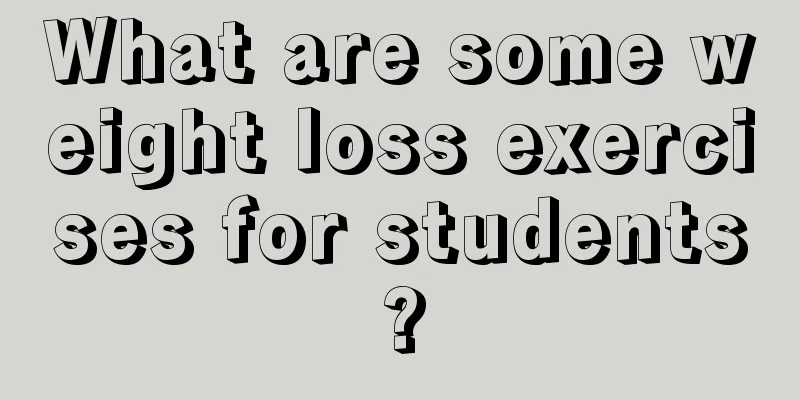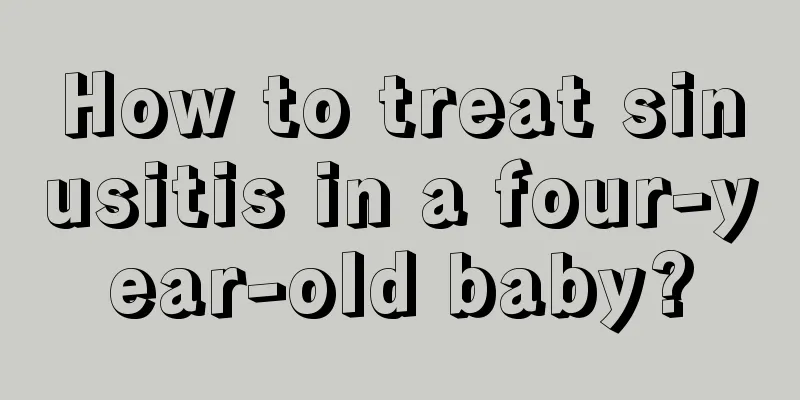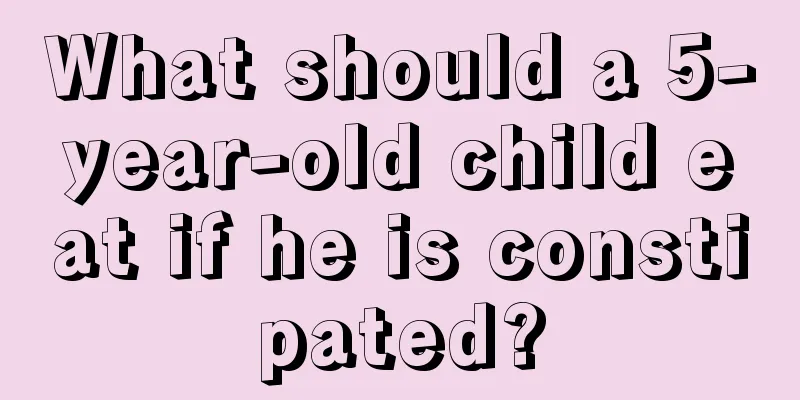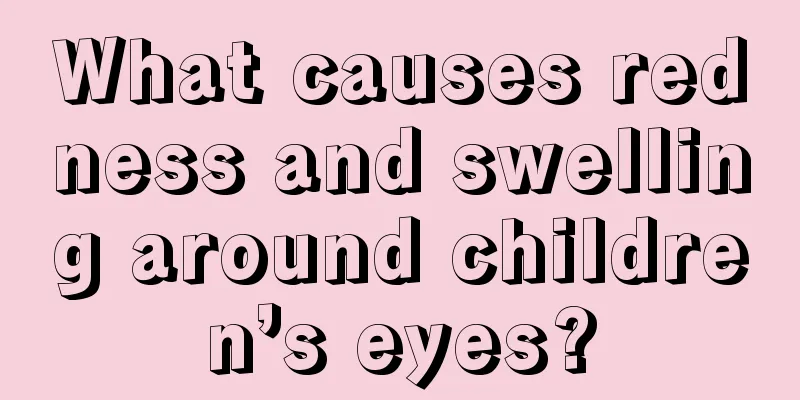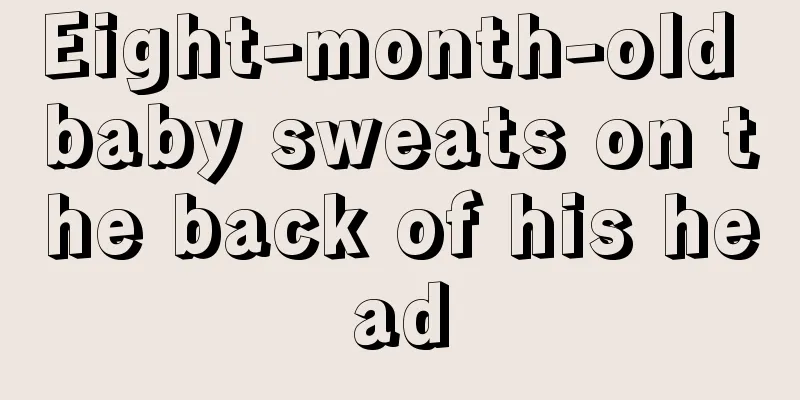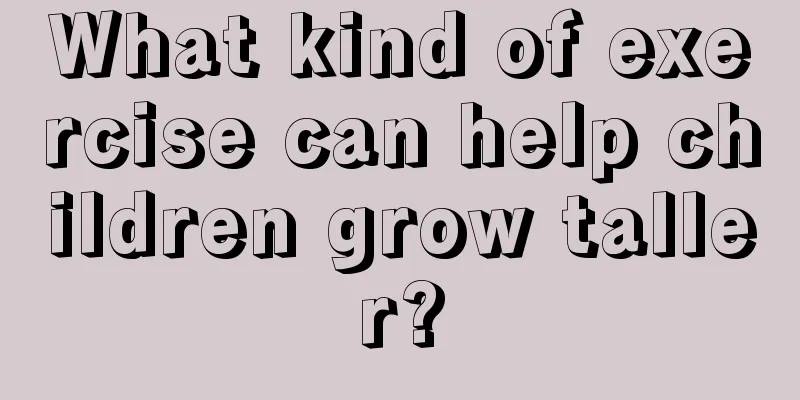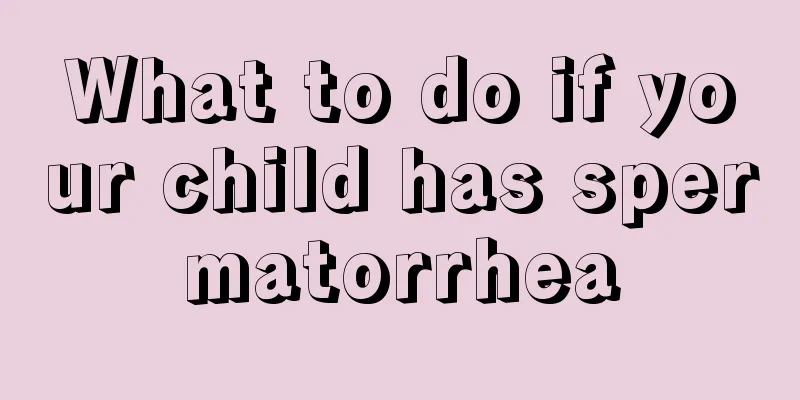Emergency treatment for burns in children

|
Because most children are rather naughty and have no sense of danger, parents must be particularly careful when taking care of children, but some accidents are inevitable in life. The chance of burns occurring in children is relatively high, so this is when parents’ emergency response needs to be tested to deal with their children’s burn wounds in a timely manner. Now let parents learn how to deal with children’s burns. Emergency treatment for accidental burns in children First aid step one Immediately and gently take off the baby's clothes soaked in hot water, or use scissors to cut open the clothes, shoes, socks, etc. covering the burn. If clothing is stuck to your skin, cut away any clothing that is not stuck. Go to the hospital for treatment of the adhered area. Do not pull or remove it forcefully to avoid aggravating the local trauma area. First aid step 2 Rinse immediately with running water and soak in cold boiled water or clean cool water for 30 minutes to relieve edema and pain. If the burn is in an area that cannot be washed with cold water, such as the chest, face, etc., you can use several towels to apply wet compresses in turn. If blisters appear on the burn, it is not recommended to rinse with cold water to avoid bursting the blisters. The burned area can be soaked in cold water for 30 minutes. If the wound area is too large or the child is young, it should not be soaked for too long. First aid step three Cold therapy refers to the use of lower temperature water to flush and cool the scalded area. First, it can reduce the continued damage caused by heat. Second, it can inhibit the early inflammatory response of blood vessels, reduce swelling and pain, and reduce secondary ischemic and hypoxic damage caused by swelling. In places with running water, cold therapy can be performed directly with tap water. For places without running water or for parts that are inconvenient to cold therapy, such as the head and face, cold compresses with wet towels or intermittent soaking in a basin of water can be used for cold therapy. The time should be controlled at about 30 minutes in order to reduce the local temperature of the burned area. For children with larger burn areas, cold therapy can be given to important parts while they are being transferred to the hospital to avoid shock caused by cold therapy, which could endanger the child's life. How to prevent accidental burns living room Ignition equipment (such as lighters and matches) should be locked in a drawer; electric heaters should be kept away from children or fenced in; electrical sockets should be placed high up or covered so that children cannot easily touch them; when giving electric toys to young children, check the circuits and batteries for integrity. bedroom Do not place ignition devices; adults do not smoke in bed; electrical sockets should be placed high up or covered so that children cannot easily touch them. kitchen Thermos bottles and water dispensers at home should be placed where children cannot reach them; when cooking in the kitchen, do not leave or close the door to prevent children from suddenly breaking in; ignition tools, such as lighters and matches, should be placed where children cannot reach them; turn off the main gas switch when not in use to prevent children from imitating how to light a fire; when taking food out of the microwave, children should not be around or in the kitchen; hot containers such as rice cookers should not be placed on the ground or in low places when containing hot food; electrical sockets should be placed high up or covered to prevent children from touching them. bathroom Do not leave young children alone in the bathroom; put cold water in the bathtub first, then hot water. Adults should test the cold and hot water with their hands before giving them to young children. When bathing a baby, take into account that there is a big difference between the baby's body temperature and the temperature of an adult's palm. Babies are more afraid of heat than adults and have a better tolerance to cold. The water temperature should be around 38 degrees. When bathing a child in winter, be sure to pay attention to safety if you place a heater. |
<<: Symptoms of parasites in children
>>: Symptoms of a baby's throat burn
Recommend
What causes dull pain in the left lower abdomen in children?
Children are most likely to suffer from abdominal...
Why does my child frequently clear his throat?
Some children clear their throats frequently. Par...
What is the cause of the baby's heart noise?
If a child has this kind of heart noise, it may c...
Small testicles in infants
When a baby is just born, the testicles are relat...
How to care for children with facial paralysis? These 3 points must be achieved!
If you find that a child has facial paralysis, do...
What diseases does the chickenpox vaccine prevent?
Vaccination against chickenpox in children is par...
What should I do if my child in the first grade of junior high school doesn’t want to go to school?
Children are generally very well-behaved and hone...
What to do if your six-month-old baby has enteritis
The stomach and intestines of a six-month-old bab...
What to do if children have Eustachian tube inflammation
Every year, many children suffer from hearing los...
What causes urticaria in children due to skin allergies?
Children's skin is very delicate and sensitiv...
Treatment of diarrhea in children
Children always cause adults to worry when they a...
Children's overalls
When babies are young, they will wear overalls, a...
Baby's eyes are red
Red eyes in babies may be a symptom of eye diseas...
What food should I eat to remedy a child’s slow growth?
Parents are the most anxious when their children ...
What should I do if I have congenital enamel hypoplasia?
When many children are growing teeth, sometimes t...
